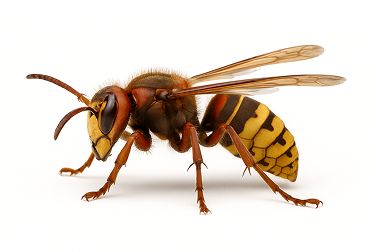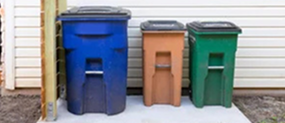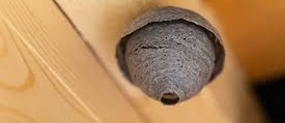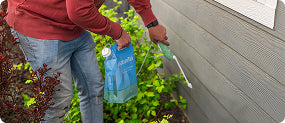Wasps
Wasps are aggressive stinging insects that pose serious risks to humans, especially those allergic to their venom. Unlike bees, wasps can sting multiple times, causing painful welts, severe allergic reactions, and, in some cases, life-threatening anaphylaxis. They often build nests near homes, increasing the risk of accidental encounters. This guide provides essential steps to identify, remove, and prevent wasp infestations, keeping your home and family safe.

Here are some of the most common wasp species found across households in the United States.
-
European Hornet

-
Hornet

-
Mud Dauber

-
Paper Wasp

-
Yellowjacket


Body Shape: Slender, elongated body with a narrow “waist” between the thorax and abdomen.
Antennae: Long, slightly curved, and segmented.
Size: Typically ½ to 1½ inches, depending on the species.
Color: Usually black, brown, or reddish with yellow or white markings; some species have metallic blue or green hues.
Legs: Long and often appear to dangle when flying.
Wings: Two pairs of transparent wings, folded lengthwise along the body when at rest.
You can use the following model to help you identify an european hornet .









































































































